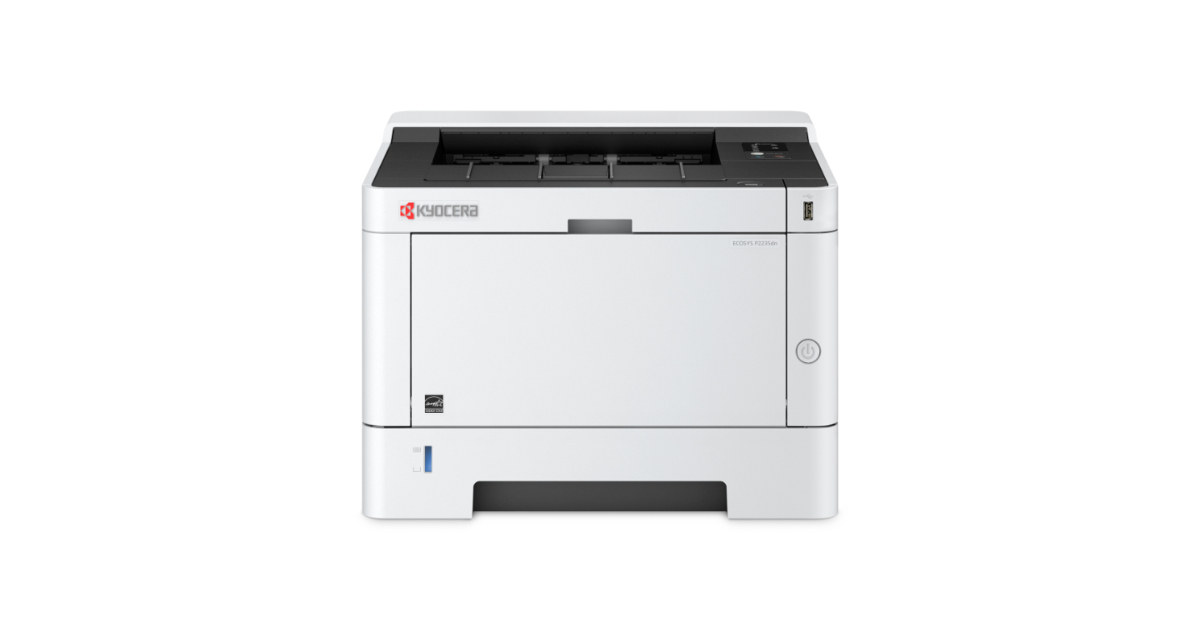2 min read
Mitigating printer security risks in the digital age
In a new age of digital threats, it can be easy to forget one of the essential devices of the modern workplace: the printer. Printer security risks...
Benefit from smart ideas, lower costs, greater productivity. Choose from award-winning printers, software solutions and consumables
Personalised technology solutions to help your organisation gain a competitive advantage
Discover howWe combine professional expertise with a human kind of partnership
Get the right help and advice, register a product and see why our commitment to you matters.
Discover our brand, our global activities and commitments
5 min read
Milan Vukovic 10/08/2021 1:13:00 PM

Printers have long been a staple of the modern office environment, evolving over decades to become the contemporary multifunction device that many of us rely on today. However, with the dramatic shift we’ve seen in the workplace in recent years, including the rise of remote and hybrid models of work, the needs of our businesses have changed and our print environments must adapt also.
Cloud print management offers a flexible solution to many of the challenges businesses now face, as well as the advantage of driving efficiencies and cost-savings that can fuel further business growth. However, before we uncover those benefits, it’s worth outlining the impact that recent changes to the workplace have had on print management.
How remote and hybrid models have impacted print management
4 benefits of cloud print management
The move to remote and hybrid working models has led to numerous changes in the print environment, but there are three main impact areas we can identify.
1. Increasing digitisation
Many businesses adopted a wide variety of new technologies in response to the changing workplace. In particular, cloud technology and bring-your-own-device trends emerged from remote and hybrid work environments, enabling greater mobility for workers. Printing devices must connect to these cloud platforms seamlessly in order to optimise efficiency and collaboration across multiple work locations. Additionally, as employees increasingly use their own personal devices, such as mobiles and tablets, business printers must enable mobile printing, including fast, easy and secure connections to a wide range of devices.
2. Decentralised workforces
Remote working came with a variety of new challenges to managing decentralised workforces. Many businesses doubled or tripled the number of devices in their work environment as employees purchased new laptops and printers to set up their remote offices. Without an effective system in place to manage remote printers, IT teams will struggle to ensure consistent security, software updates and maintenance.
3. Increased cybersecurity risks
Printers are an often-overlooked security risk in any workplace, whether remote, hybrid or traditional office. However, changes to the way we work have opened up a number of new vulnerabilities. Many newly remote workers bought retail printers for their home offices, without realising that these devices do not have adequate security features to protect business data. Additionally, the number of devices and endpoints in remote environments can result in increasing risks as IT teams struggle to maintain complete oversight of the remote devices and ensure adequate security. Finally, in the last year we’ve witnessed an increase in the number of cyber attacks on businesses, meaning it’s more critical than ever for business printers to have the best security in place, regardless of location.
For all these challenges, cloud print management offers an effective solution in the new era of work, enabling businesses to optimise their print environment to meet their needs both now and in the future.
Businesses are increasingly moving their systems to the cloud to take advantage of the cost-savings and operational benefits it offers, and print networks are no different. Cloud print management enables businesses to more effectively oversee and control their print infrastructure and requirements. Not only does it remove the need for on-premise servers and enable remote access to devices, but the right print management tool will also help you reduce costs, streamline productivity, improve security and increase sustainability in your workplace.
1. Reduced costs
On-premise print management often involves high infrastructure and operational costs, both as part of the initial system investment and for ongoing maintenance. Cloud print management, however, uses a software-as-a-service (SaaS) model that allows businesses to pay for the use of the platform, without the costs of building or maintaining it.
For example, Kyocera Cloud Print & Scan (KCPS) is a high-class multi-tenant architecture that allows us to distribute the cost of maintaining and improving the platform across all our KCPS clients, reducing your operational costs without compromising on the quality or security of the end solution.
Not only does this approach save money in the short-term, but it also allows you to benefit from new innovations and software upgrades that the service provider invests in, without weathering the full cost of their development. This is especially important in the new era of work as many on-premise print management solutions are unsuited to remote and hybrid work environments. Businesses can incur additional costs trying to upgrade their existing infrastructure to meet the demands of a decentralised workforce or they can switch to a cloud print management solution that is designed for remote working and rapidly scalable.
Finally, as well as reducing your infrastructure costs, cloud printing provides you with better insights and control over your print usage. With KCPS, you can create and assign different print policies to different user groups within your organisation. This allows you to set printing quotas for departments or limit certain features to only those employees who need it. For example, you could restrict colour printing to your marketing department or make double-sided printing the default across your whole business. This insight and control over business printing enables you to reduce waste and unnecessary printing, saving money on consumables and energy.
2. Streamlined productivity
Cloud storage is the new normal for most workplaces that have remote or hybrid workers, providing ready access to the information and files that employees need to do their job. While this is important, it’s only one half of the document lifecycle. You must also consider how your documents are accessed, uploaded and shared. A cloud print management tool that integrates with your cloud storage solution will enable you to achieve even greater efficiency and productivity in your workplace by streamlining collaboration and communication.
For example, Kyocera Cloud Print & Scan enables workers to scan directly to their cloud storage platform, such as Google Drive, OneDrive or Box, from the touch panel of their multifunction printer, removing the need to manually upload the scanned file to the cloud. Alternatively, they can also send a scanned document directly to another employee’s email using the device interface, saving the time it takes to scan, find, attach and send the document on their computer. Files can also be stored on KCPS for the user to download them at a later date.
3. Improved security
With a cloud print solution, your service provider shares the responsibility for the security of the platform by managing aspects such as software updates and system integrity. While you will still be responsible for other elements of security, such as how your employees use and access your print network, with the right provider, you can have peace of mind that your print network has the most up-to-date security and is continuously monitored for attacks.
With Kyocera Cloud Print & Scan, you also access other print security features, such local spooling that enables the print job to be released from any compatible device, with only the metadata stored on the cloud. Our trademarked Print@FollowTM pull printing feature always requires user authentication at the device level before the document is printed, ensuring sensitive information isn’t forgotten in the out tray.
4. Increased sustainability
The dramatic shift we’re experiencing in our workplaces presents businesses with the opportunity to reassess how they operate, including improving their environmental impact. As well as improving security, increasing productivity and reducing your costs, cloud printing offers a more sustainable way of managing your printing fleet and usage. Centralised and consolidated hosting services reduce your carbon footprint, while improved print management through features such as print quotas and reporting insights offered with Kyocera Cloud Print & Scan enable you to minimise waste in the workplace.
Choosing the right printer and device infrastructure to support productivity and growth in hybrid workplaces can be challenging. Download our Comprehensive Guide to Digital Workplaces to learn how to equip your organisation for collaboration, mobility and productivity in the new era of work.
Kyocera Document Solutions provides innovative products, software and ICT services for hybrid work environments, enabling businesses to implement smart workplace solutions that drive business transformation and resilience.
KYOCERA Document Solutions provides document management solutions with long-life print technology that delivers greater efficiency, resulting in world-class productivity, reliability and uptime.

2 min read
In a new age of digital threats, it can be easy to forget one of the essential devices of the modern workplace: the printer. Printer security risks...

3 min read
Multifunction printers (MFPs) are key to enabling remote collaboration and productivity. But how do you choose the right MFP for your workers when...

2 min read
Without a doubt, the COVID-19 pandemic has ousted the traditional office setup from its chief status as "the way we work". More than ever before...